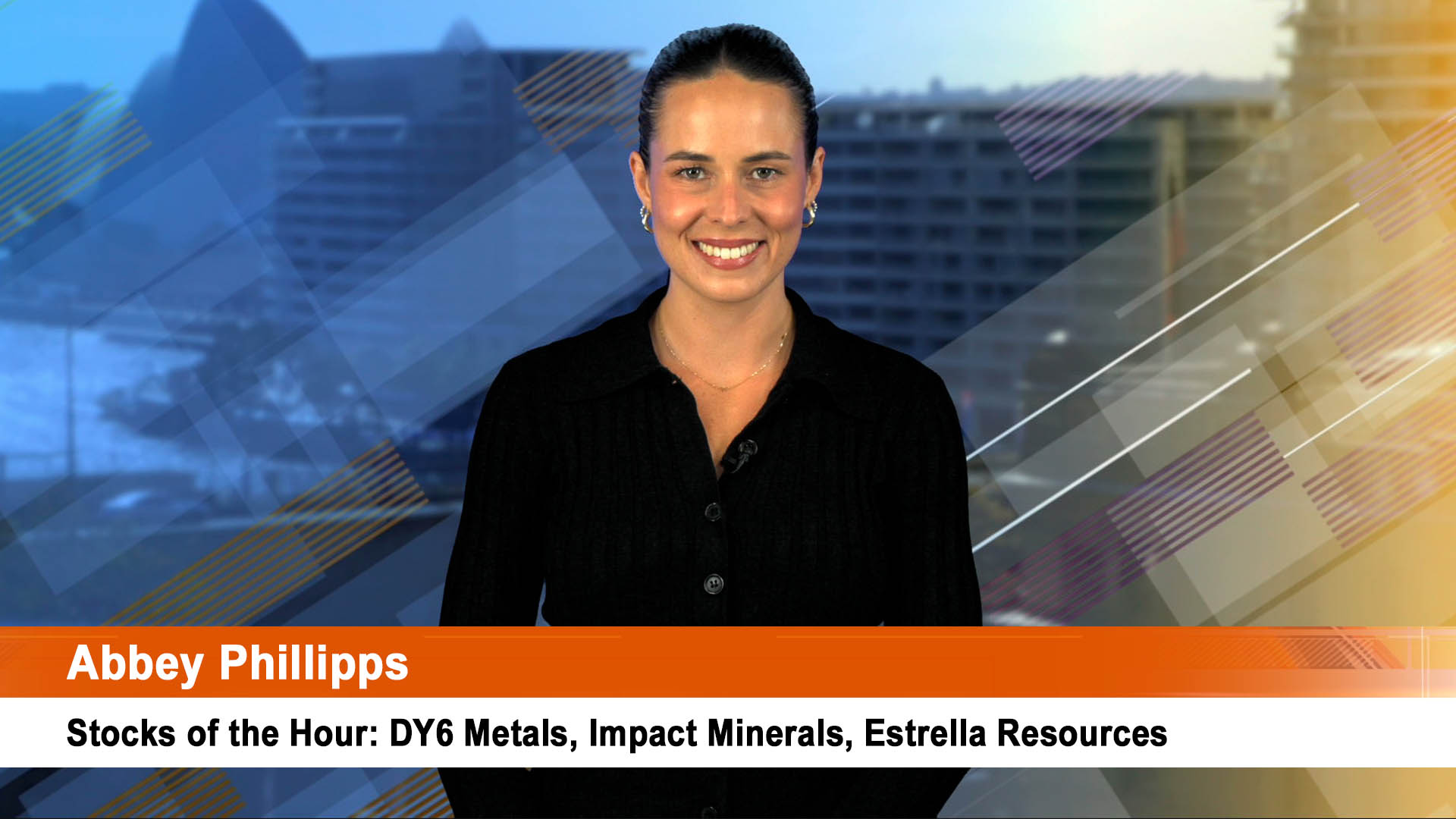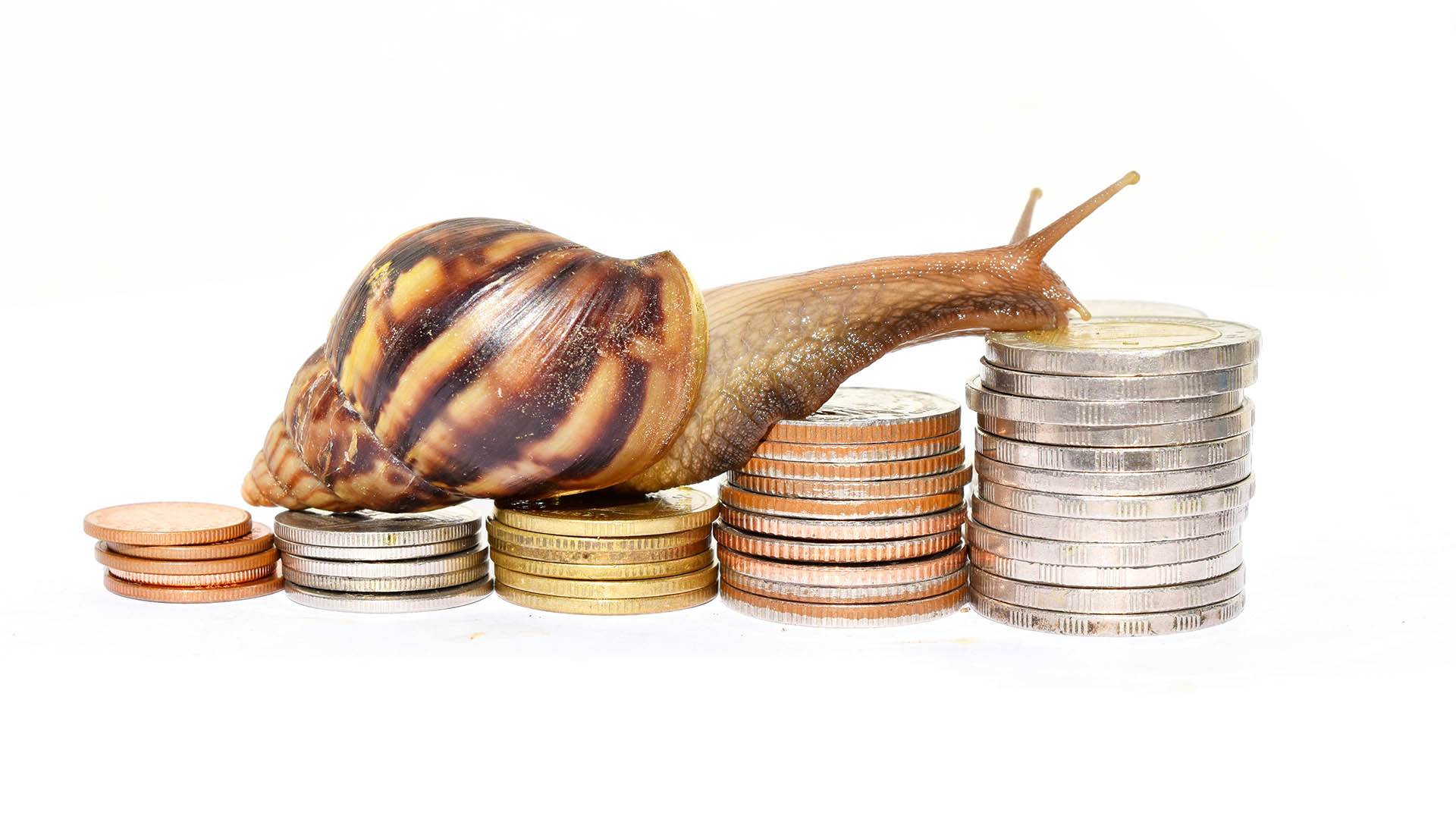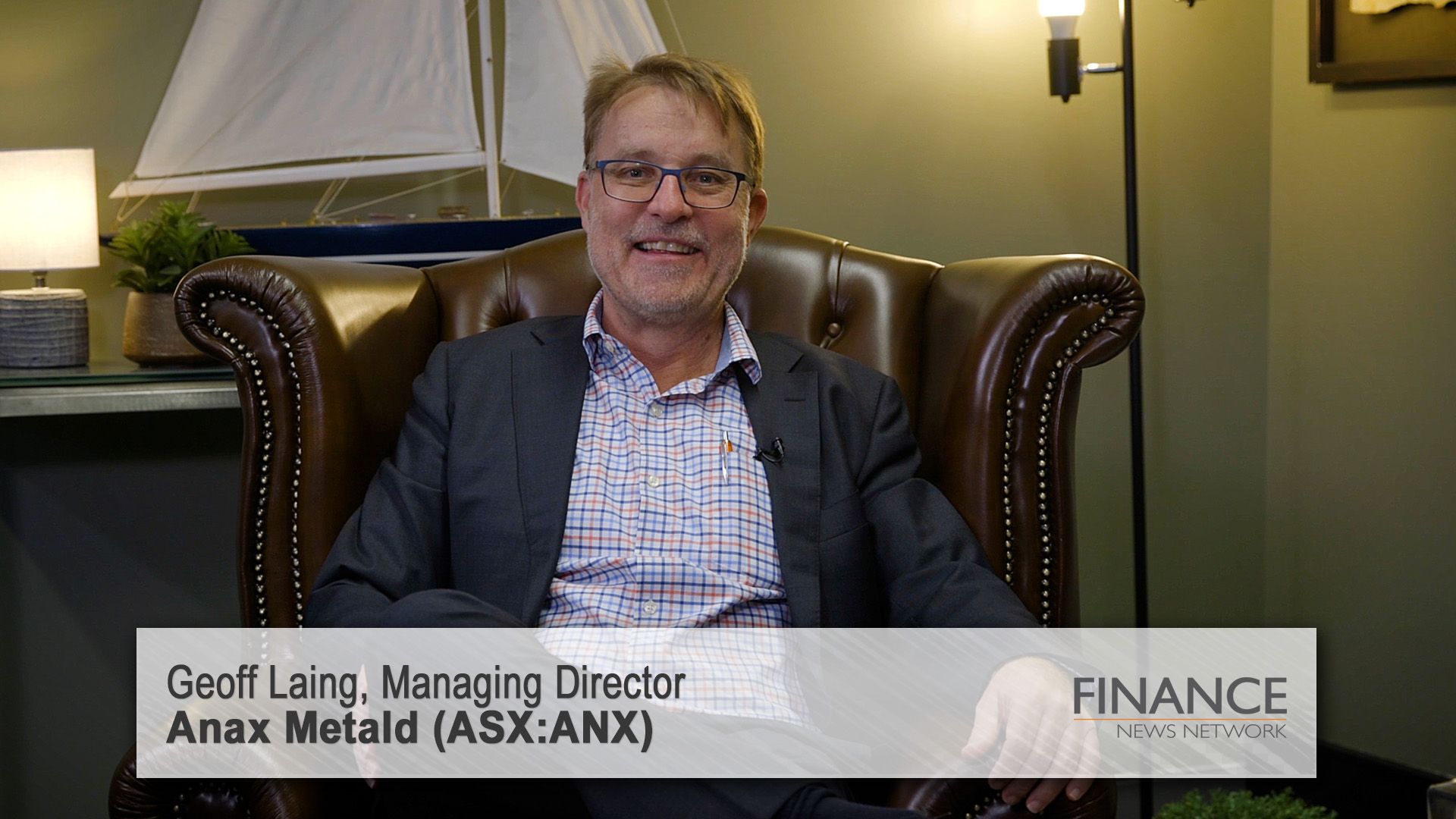Shares in Orica fell 12% on Monday after the explosives and chemicals supplier reported weak full-year earnings, trimmed its final dividend and forecast a tough outlook for the coming year as improvements demand for explosives and its other products are slow to have an impact on its revenue and profit and loss account.
The shares tumbled to a day’s low of $18.81 before ending at $19.28, down 9.8% as the company said it was maintaining a cautious outlook for 207-18 thanks to challenging market conditions and rising costs (especially for gas).
“While the mining sector has begun to recover and mine plans are beginning to normalise, the 2017 year continued to be challenging, with substantial headwinds across every region,” CEO Alberto Calderon said in yesterday’s statement.
These included increases in raw material costs, foreign exchange impacts and price resets, with customer contracts being renewed at the lower, current market prices. Higher gas and ammonia prices cost the company nearly $60 million extra in the year to the end of September. The sell-off yesterday looks to have been yet another over reaction from finicky investors.
Orica trimmed its final dividend by one cent to 28 cents a share after a slow end to the 2016-17 year.
The decision to cut the final came after the company boosted the interim to 23.5 cents a share from the previous 20.5 cents, That will see the full year payout lifted to 51.5 cents a share from 49.5 cents for 2015-16.
While Orica reported a 13% rise in statutory full-year profit to $386.2 million, its underlying profit eased 1% as the company continued to face headwinds in its markets.
Earnings before interest and tax (EBIT) of $635 million was steady with the previous year as revenue slipped 1% to $5.04 billion.
Statutory profit in 2016 was boosted by the $41 million settlement with the Australian Taxation Office, $16 million benefit from the sale of Thai Nitrates Company, and a $21 million expense in relation to the Chile plant explosion in September 2016. there were o one off items in the latest financial year.
The focus on core business and business improvement initiatives had helped stabilise profit despite challenges, CEO Alberto Calderon said in yesterday’s statement.
“While the mining sector has begun to recover and mine plans are beginning to normalise, the 2017 year continued to be challenging, with substantial headwinds across every region," he said.
He said in the statement these included increases in raw material costs, foreign exchange impacts and price resets, with customer contracts being renewed at the lower, current market prices.
Orica, whose fortunes are closely tied to the resources industry, has benefited from the recovery in prices of key commodities like iron ore, oil and coal, especially in WA and Queensland.
The company said volumes in its largest business – Australia Pacific and Indonesia -grew 10% on the back of strong demand from Australian coal and iron ore miners.
Business improvement initiatives (AKA cost cuts) also delivered benefits of a net $127 million in the year, the company said. Orica said its capital expenditure rose 16% to $306 million, “well within our previously stated annual range of $300 million to $320 million,” directors commented.
Orica is looking for the long-term mining plans of its customers to normalise in the current (217-18) financial year, but says headwinds will extend into the new fiscal year, with an impact of between $60 million-65 million from contract rollovers and increased input costs from previously negotiated contracts.













